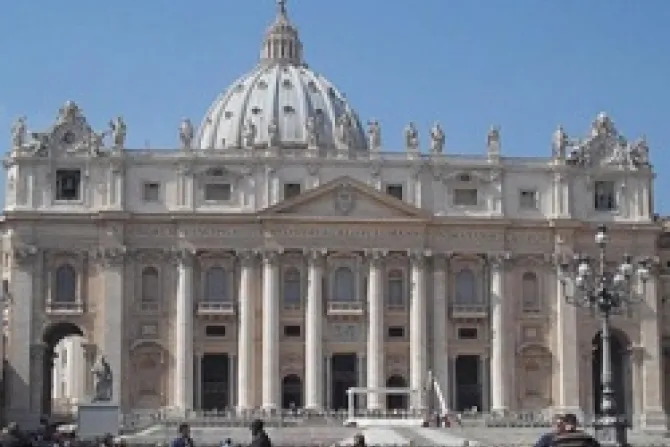Vatican City, Jul 5, 2012 / 10:23 am
The Holy See announced a loss of $18.7 million for 2011 – a sharp contrast to a surplus of $14 million the year before.
"The most significant items of expenditure were those relative to personnel – who as of 31 December 2011 numbered 2,832 – and to the communications media considered as a whole," said a June 5 Vatican statement.
"The result was affected by the negative trend of global financial markets, which made it impossible to achieve the goals laid down in the budget."
The annual results were published by the Council of Cardinals for the Study of Organizational and Financial Problems of the Holy See, which met July 3 – 4 in Rome under the presidency of the Vatican's Secretary of State, Cardinal Tarcisio Bertone.
The committee is comprised of senior cardinals from around the world, who have responsibility for financial oversight of the Holy See and Vatican City State. Its ranks include Cardinal Francis George of Chicago.
Meanwhile, the Governorate of Vatican City State announced a surplus of $27.4 million for 2011, although that is down from $30 million in 2010. The relatively healthy financial situation is due in large part to an $11 million increase in revenue from the Vatican Museums. It has welcomed more than five million paying visitors in the past year.
"According to specialized rankings, these figures place the Vatican Museums among the most prestigious and important such institutions in the world," the statement said.
The term Holy See refers to the central administration of the Church – the Roman Curia – as well as the Pope's global diplomatic corps. The Vatican City State is a sovereign territory created in 1929. Its governing body – the Governorate – is financially autonomous from the Holy See.
Today's figures also revealed that the amount given by lay Catholics around the world to the papal "Peter's Pence" fund rose from $67.7 million in 2010 to $69.7 million in 2011. The money from the annual one-time collection is used to support the Holy See.
The money sent from dioceses around the globe to the Holy See was also up from $27.4 million in 2010 to $32.1 million in 2011. This economic support is mandated in Canon 1271 of the Code of Canon Law.
Further contributions from institutes of consecrated life, societies of apostolic life rose from $747,600 in 2010 to $1.2 million.
Finally, the Vatican's Institute for Works of Religion – often referred to as the Vatican Bank – also gave the Holy See a "significant sum" to support the Pope's "apostolic and charitable ministry," totaling $62 million for 2011.
The Vatican's results were published on the day it is expected to find out if it has met international standards for financial transparency. The decision has been taken by the Council of Europe's Moneyval committee, although the findings will not be made public until next month.


